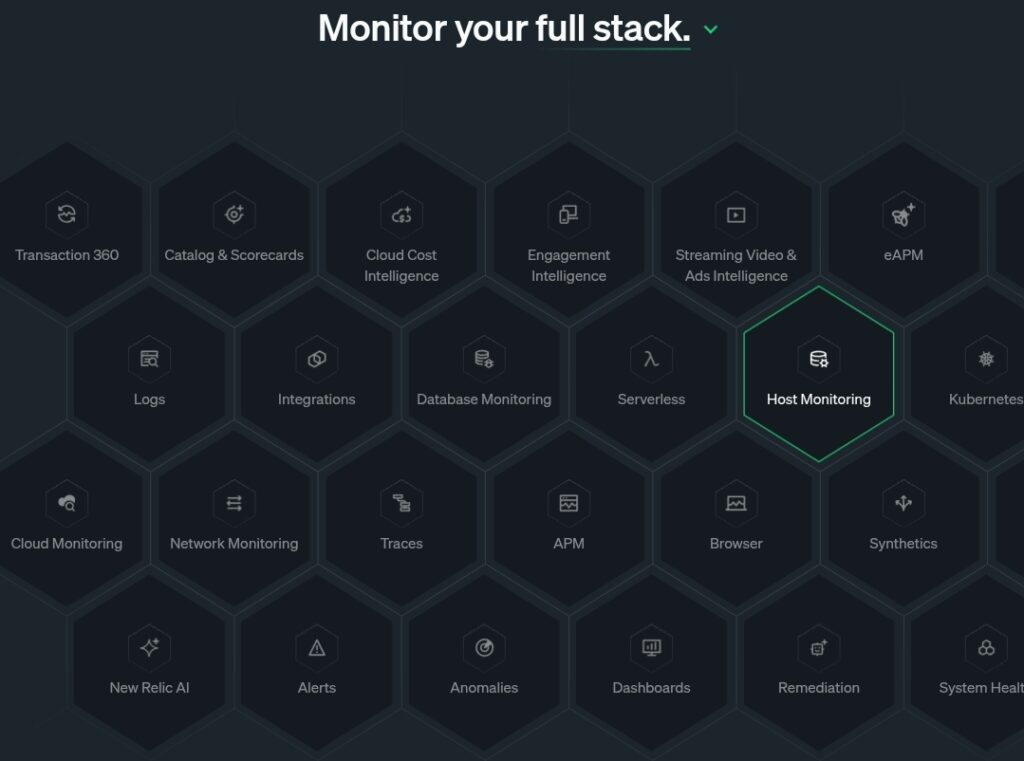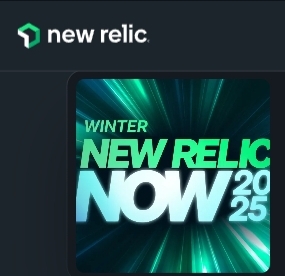New Relic’s recent launch of three AI-strengthened integrations with GitHub represents a major advancement in developer productivity and experience enhancement, which has direct implications for customer experience (CX) and employee experience (EX) in technology-driven organizations. These GitHub Copilot integrations promise to address common pain points faced by developers, such as debugging inefficiencies, context-switching due to fragmented tools, and security remediation complexities, which ultimately influence the speed and quality of digital product delivery.
Facing Real-World CX and EX Challenges in Development
Development teams frequently struggle with siloed and disconnected workflows. A prevalent challenge is the time lost due to debugging AI-generated code, with nearly 45% of developers reportedly spending more time debugging AI code than writing it themselves. Tool sprawl leads to fractured workflows, causing productivity to suffer and increasing developer toil. These inefficiencies ripple through development phases, resulting in delayed software deployments and increased downtime — directly impacting end-user digital experiences and internal employee satisfaction. Accelerating innovation while reducing operational friction is imperative, especially for businesses that depend heavily on continuous software delivery to delight customers.
New Relic and GitHub Partnership: AI-Driven Intelligent Observability
New Relic has responded to these challenges through its Intelligent Observability platform, which consolidates disparate telemetry data and enables contextualized, actionable insights. The new GitHub integrations leverage AI to bring observability natively into the developer workflow, reducing friction and enhancing productivity. Key innovations include:
AI-Powered Vulnerability Detection and Automated Remediation
The integration with GitHub Copilot delivers a game-changing approach to application security. It automatically correlates security vulnerabilities detected at build time with runtime behavior, reducing noise from false positives and focusing on vulnerabilities that pose real production risks. Developers receive an automatically generated remediation plan with impact details, testing steps, and acceptance criteria inside GitHub. Copilot then proposes a pull request with the fix contextually embedded, accelerating resolution and easing developer workload. This approach shifts security from being a cumbersome bottleneck to a streamlined, integrated process.
Addressing Observability Blind Spots at Deployment
Blind spots created by missing instrumentation can lead to delayed issue detection and increased downtime. New Relic’s instrumentation assistant proactively identifies missing observability measures during deployment and prompts GitHub Copilot to inject full instrumentation — including application performance monitoring, business logic attributes, and front-end visibility agents — into the pull requests. This ensures richer telemetry collection from the start, enabling developers and operations teams to maintain holistic visibility across the full tech stack.
Enhanced Developer Velocity Through Rich Data Integration
By synchronizing GitHub data such as service ownership and code release metadata with New Relic, developers gain deeper context into the architecture and dependencies of their software, improving velocity and collaboration. Automated configuration and visibility empower teams to adhere more closely to best practices and reduce setup friction, further enabling smooth development workflows.
Expert Perspective on AI’s Role in Software Development
According to Camden Swita, New Relic’s Head of AI, delivering intelligent observability insights inside daily development tools is critical to unlocking AI’s full potential in boosting productivity. The long-standing partnership between New Relic and GitHub, supported by GitHub Copilot’s over 20 million users, is creating a unified ecosystem where developers can innovate rapidly while minimizing downtime and toil through automation.
Academic and industry research increasingly validate AI-assisted coding tools’ benefits. Empirical studies show that GitHub Copilot users can complete coding tasks significantly faster while reducing manual errors. Yet, challenges like debugging AI-generated code still exist, emphasizing the need for integrated observability and security context to manage complexity effectively. New Relic’s approach of embedding observability intelligence directly within GitHub’s tools addresses these challenges head-on.

GitHub Copilot: Impact on Customer and Employee Experience
These advancements not only enhance developer experience but carry a direct positive impact on customer experience. Accelerated development cycles mean faster delivery of new features and bug fixes, reducing downtime and improving application reliability—key drivers of customer satisfaction. Internally, reducing developer toil through automation and integrated tooling improves employee satisfaction and retention, fostering a culture of innovation and agility essential for digital transformation success.
Practical Takeaways for CX and EX Professionals
- Integrate observability early: Ensuring monitoring and instrumentation starts at deployment eliminates blind spots and supports proactive issue resolution.
- Leverage AI-powered remediation: Use AI tools that offer contextual security fixes to speed up vulnerability management and reduce developer friction.
- Unify data sources: Consolidate telemetry and development metadata to empower teams with actionable insights and foster collaborative workflows.
- Focus on developer experience: Prioritize tooling and automation that reduce manual labor and enable developers to focus on higher-value tasks.
- Measure outcomes: Track improvements in deployment speed, downtime reduction, and developer productivity to quantify the impact on CX and EX.
In conclusion, New Relic’s AI-enhanced GitHub integrations exemplify how intelligent observability and AI automation can transform software development workflows. CX and EX leaders should champion these innovations to reduce operational friction, enhance developer productivity, and ultimately deliver superior digital experiences for customers and employees alike. With continuous collaboration between observability and development platforms, the future of software innovation looks both faster and more secure.

